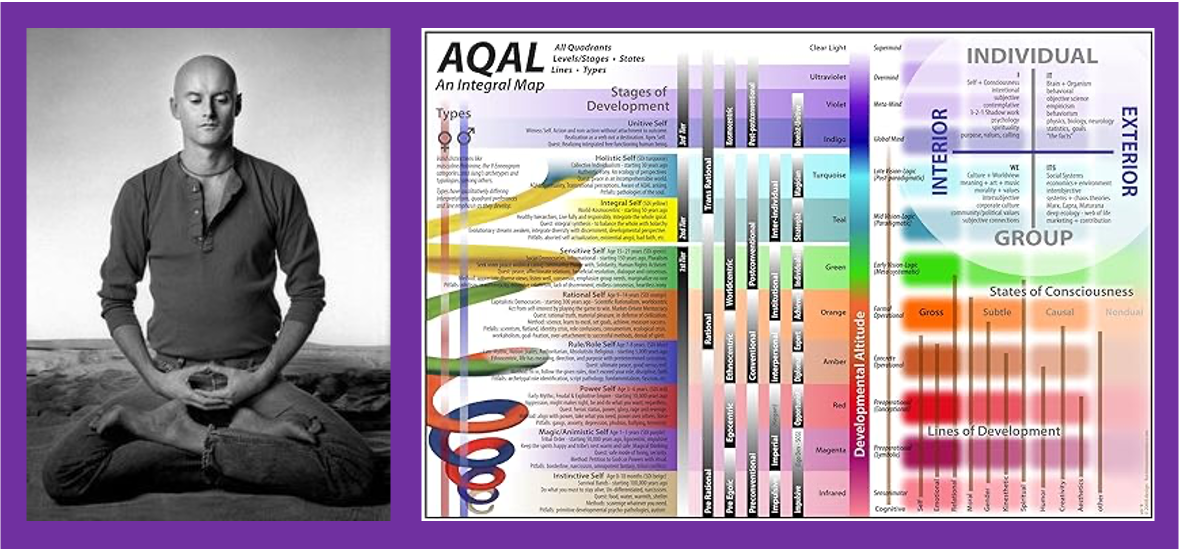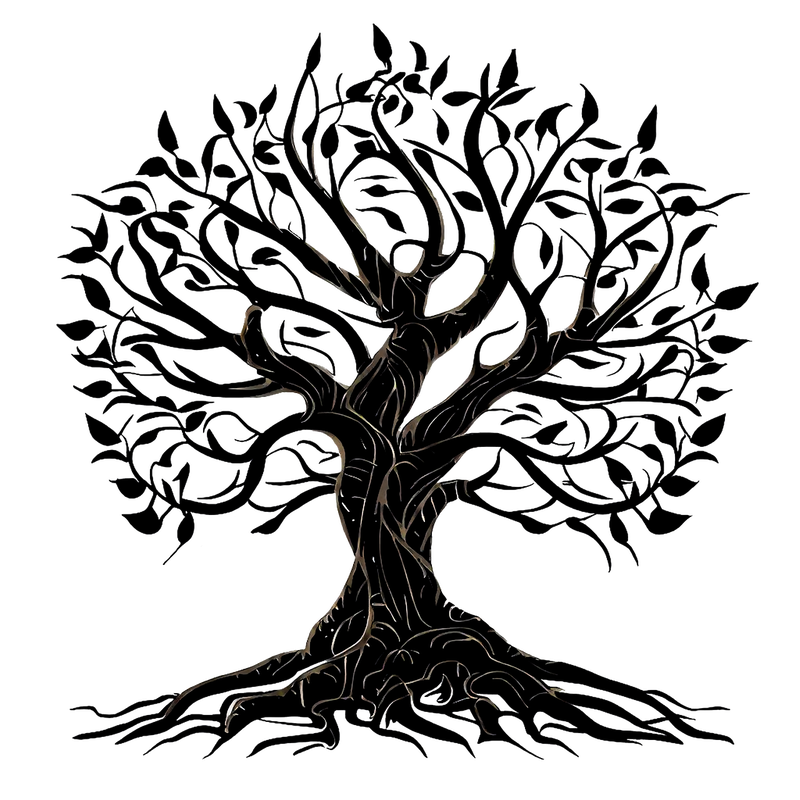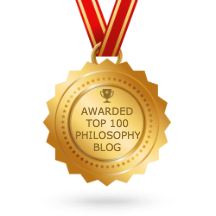Our group is still in the midst of considering different aspects of evolutionary philosophy, so our worldview could still be described as unsettled, but for our second generation we decided to look at another fully formed worldview to see how we might analyze, critique, and learn from it. In particular, we decided to look at Ken Wilber’s Integral Philosophy since several members and leaders within ProSocial World have been involved with that movement and often endorse Wilber’s ideas. I had never heard of Wilber before joining ProSocial and my early explorations into his work did not appeal to me (to say the least). But it is often just as helpful for the formation of groups to say “that is NOT us” as it is to say “THIS is us” so we decided to give Wilber a try.
We had 10 weekly meetings to consider him in the Fall of 2022, but Wilber’s Wikipedia entry lists 30 paperback books where he is the sole author, which altogether have a total of nearly 10,000 pages. So, there was far too much primary source material for our task. As such, and based on recommendations from members of the Integral community, we focused our efforts on a 71-page summary of Ken Wilber that was written by Paul Helfrich called “Ken Wilber’s AQAL Metatheory: An Overview.” At the end of our explorations, we produced 46 pages of research, which are attached below. The research consists of a 9-page report of our findings, a 10-page appendix citing direct quotes to support our findings, and a 27-page appendix quoting other relevant material that we felt was helpful for completing our understanding of Wilber.
I have copied the abstract of our main report below. Please download the full report to read it in its entirety.
What do you think? Have you heard of Ken Wilber before? What do you think of him, either before or after having read our report?
| Wilber Report by the EPC.docx |
The purpose of this report is to examine the very well documented worldview of Ken Wilber, which has been developing over the last several decades in the many volumes that he has written about his Integral Philosophy. We started our analysis using a framework for worldviews that looks at a person’s positions in the six main branches of philosophy. These positions can also be tied together by a unifying narrative that can be either explicit or implicit. Once we documented all of these elements of Wilber’s worldview, we attempted to analyze it using the three criteria that David Sloan Wilson listed in his essay titled “Evaluating Narratives of Conscious Evolution.” 1. Is the narrative psychologically and emotionally motivating? 2. What does the narrative cause people to do? 3. How well does the narrative comport with current scientific knowledge? In the end, there were serious and substantial points of agreement with Wilber’s worldview that have made our overall efforts worthwhile. However, we believe there are several points in Wilber’s worldview that make our shared goals difficult to reach together. The vision of ProSocial World (PW) is: “To unleash the power of science and inquiry to help us notice what’s within us and between us, to create a more harmonious world for everyone around us.” Some vocal critics in the Integral movement have asked Ken Wilber to update his views based on the latest in evolutionary science. We can only add to that request since Integral Spirituality’s stated goals of understanding life and creating a world that works for all are laudable indeed and deserve as accurate and motivating a worldview as possible.



